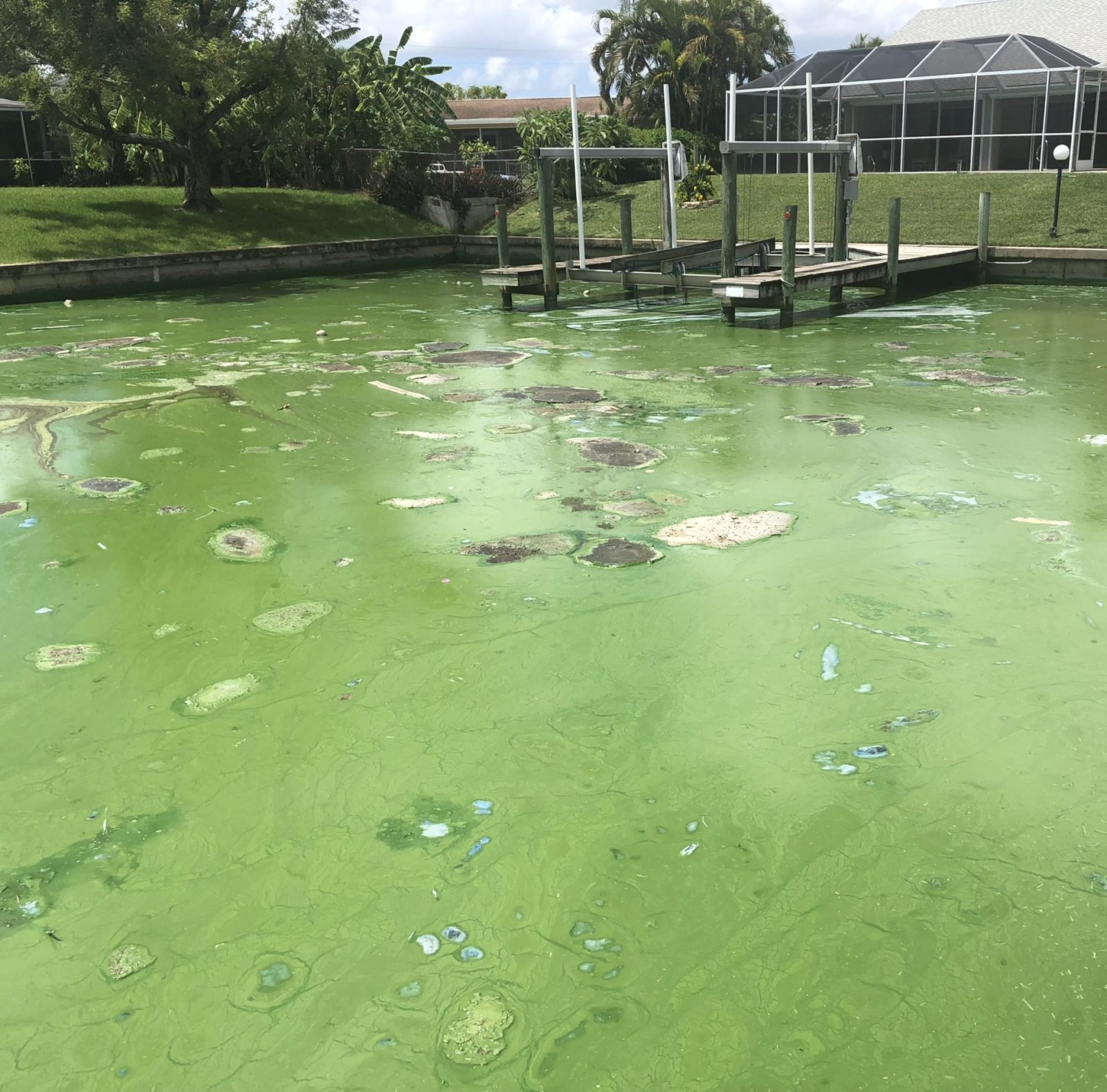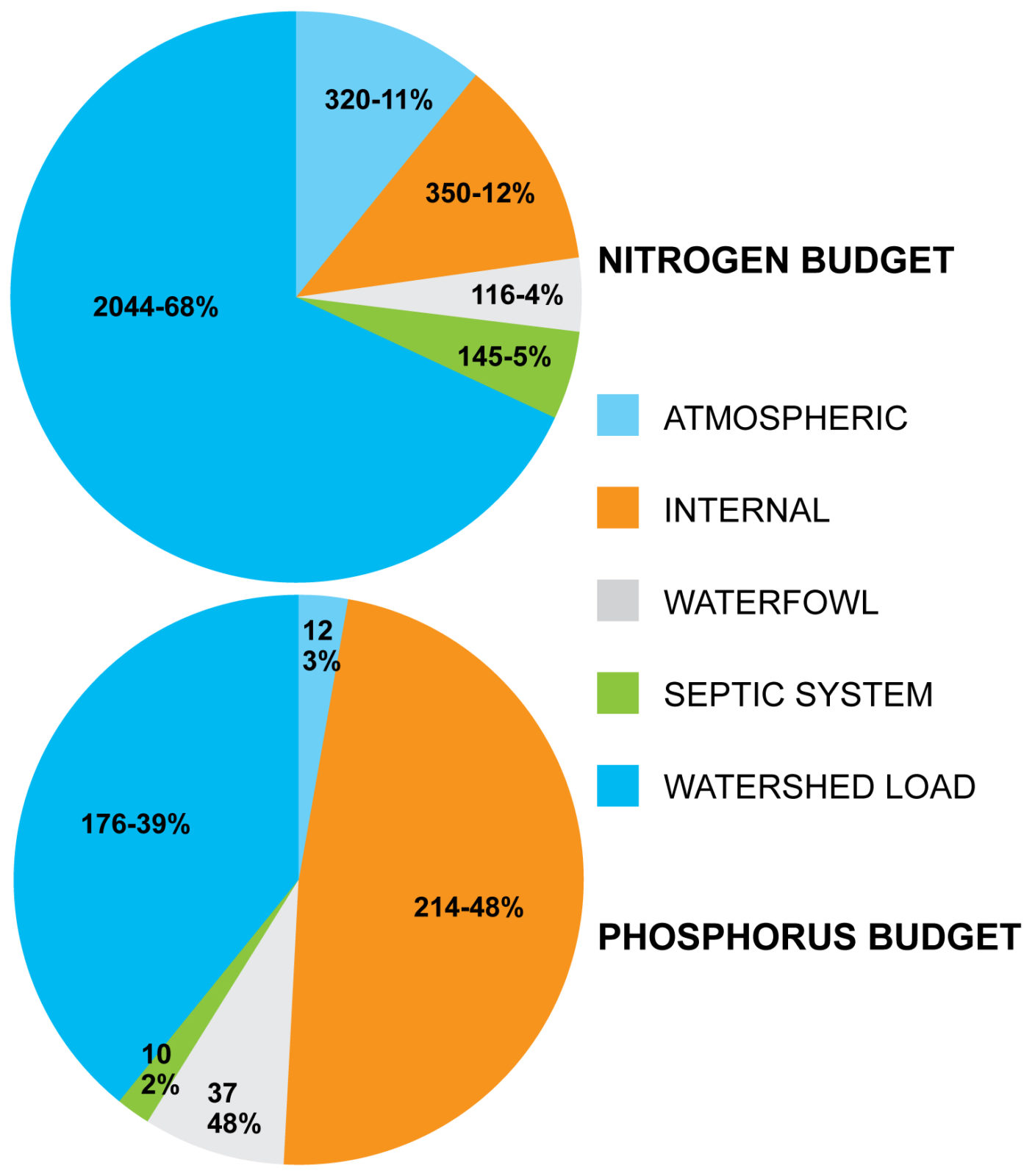4 Steps to Better Water Quality Management
 There is no one size fits all approach to pond, lake, reservoir, canal or marina restoration. Many waterbodies require a combination of tactics to bring about the desired results both short and long-term. Knowing what restoration tools are going to be best suited to meet the objectives requires good information on the issues at hand and the restoration tools used to address those issues.
There is no one size fits all approach to pond, lake, reservoir, canal or marina restoration. Many waterbodies require a combination of tactics to bring about the desired results both short and long-term. Knowing what restoration tools are going to be best suited to meet the objectives requires good information on the issues at hand and the restoration tools used to address those issues.
The traditional artistic approach to water quality or harmful algal blooms (HABs) management can be costly and lead to loss of clients. This happens when you wind up cycling through many tactics before hitting the right one to restore the ecosystem. However, there is a scientific approach that can determine which restoration options will meet the clients short- and long-term objectives in the most proactive, cost-effective manner.
Issued Based Lake Management
Issue-based water quality and/or Harmful Algae Bloom (HAB) management plans are based on the results of nutrient budgets, water quality modeling, and restoration design, modeling, and cost estimates. The plan has quantifiable short and long-term goals and is designed to serve as a guideline for future management.
Step 1: Nutrient Budgets
Water quality and HAB issues are a direct result of excess nutrients, primarily phosphorus and nitrogen. Nutrient budgets or total maximum daily load studies provide the foundation to properly manage nutrient sources and water quality issues. It tells us where the major sources of nutrients are coming from so we can target our management strategies appropriately. The construction of a nutrient budget requires information to be obtained from a variety of sources within the watershed and within the lake.
Step 2: Water Quality Modeling
Water quality modeling provides quantifiable estimates on how restoration tool(s) will impact water quality and HABs. This allows us to run through a variety of restoration scenarios to select the right tool(s) to meet the objectives at hand and be within budget.
Water quality modeling also provides estimates on what the lake would be like before urban development, also called a lake’s background condition. This allows us to set realistic water quality goals for your customer since a lake is only as it’s background condition. Some lakes are naturally bad.
Step 3: Specialized testing
The following services are specific and not always required. But they are worth noting as they may apply to the lakes you are managing.
- Zooplankton assays – used to compliment fishery data and biomanipulation studies to improve water quality
- GIS services – required for obtaining much of the physical data on a lake and its watershed
- Laboratory phosphorus dosing assays for both sediment and water – provide better estimates on internal P load reductions using inactivation products. Provides estimates on internal P loading used in constructing a nutrient budget.
- Permit writing – many states require permits for different restoration tools. For example, Michigan requires permits for all aeration systems.
Step 4: Restoration Design, Modeling, and Cost Estimate Writing
Once you’ve identified the range of tools that will bring the best results, it’s time to dig deeper into restoration design, modeling, and cost estimates. This takes all of those “what ifs” from above and adds in the other variables including time to implement, time to see results and the cost associated with the options individually and combined. The ultimate goal is to arrive at a comprehensive, workable plan that fits within the customers budget.
Vertex now provides all of these services to our dealer network so that customers get the most efficient, environmentally sound, cost effective lake, pond, reservoir, marina or canal management possible.
Solutions are available, get help today.
Vertex Aquatic Solutions, founded in 1977, is the professionals’ choice for research based scientific consulting services, aeration systems, floating fountains, bubble curtains and biological products to enhance water quality in lakes, ponds, canals, marinas and reservoirs. As respected leaders in the lake management industry the Vertex team of aquatic biologists, limnologists, fisheries scientists and engineers work together to deliver science-based, environmentally sound solutions to complex waterbody issues. Our products and services are delivered through an international network of qualified, experienced waterbody professionals who provide local support, service and pond management expertise to customers.
← Previous